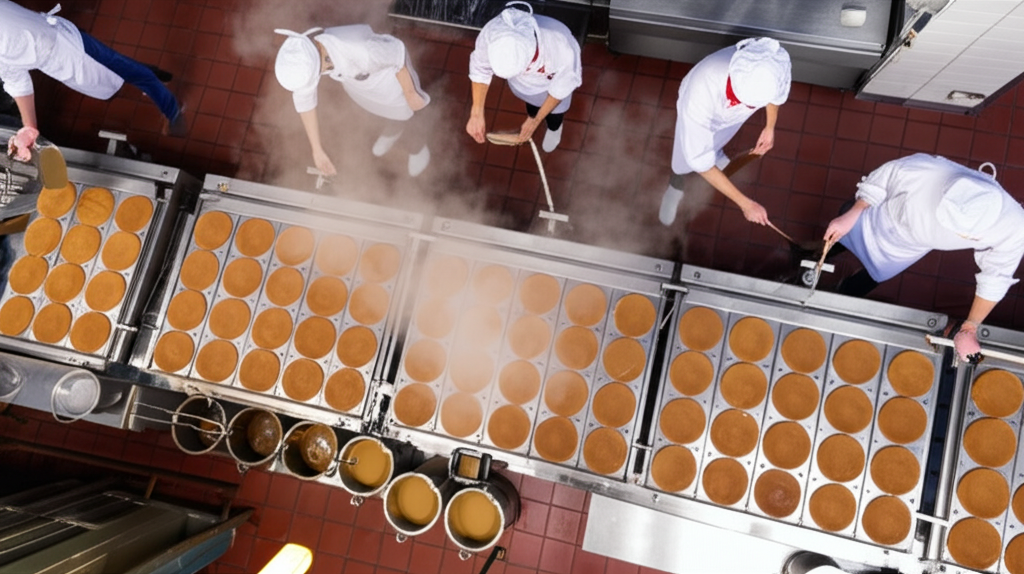
The Rich History of Stroopwafels
From humble beginnings in 19th century Gouda to worldwide fame — discover the sweet journey of the Netherlands' most beloved treat
Introduction
The stroopwafel, a beloved Dutch treat, has a rich history dating back to the late 18th century in the city of Gouda. The name "stroopwafel" literally translates to "syrup waffle" in Dutch, aptly describing this delicious creation consisting of two thin layers of baked dough with a caramel-like syrup filling in between.
According to local legend, the first stroopwafel was created around 1784 by a baker named Gerard Kamphuisen from Gouda. The story goes that he made the first stroopwafel from leftover breadcrumbs and spices, sweetened with syrup. Initially, stroopwafels were known as "poor people's cookies" because they were made from scraps and were affordable for the lower classes.
By the 19th century, there were around 100 stroopwafel bakers in Gouda alone, indicating the growing popularity of this sweet treat. The traditional recipe was closely guarded by the bakers of Gouda, and the stroopwafel remained a regional specialty for many years.
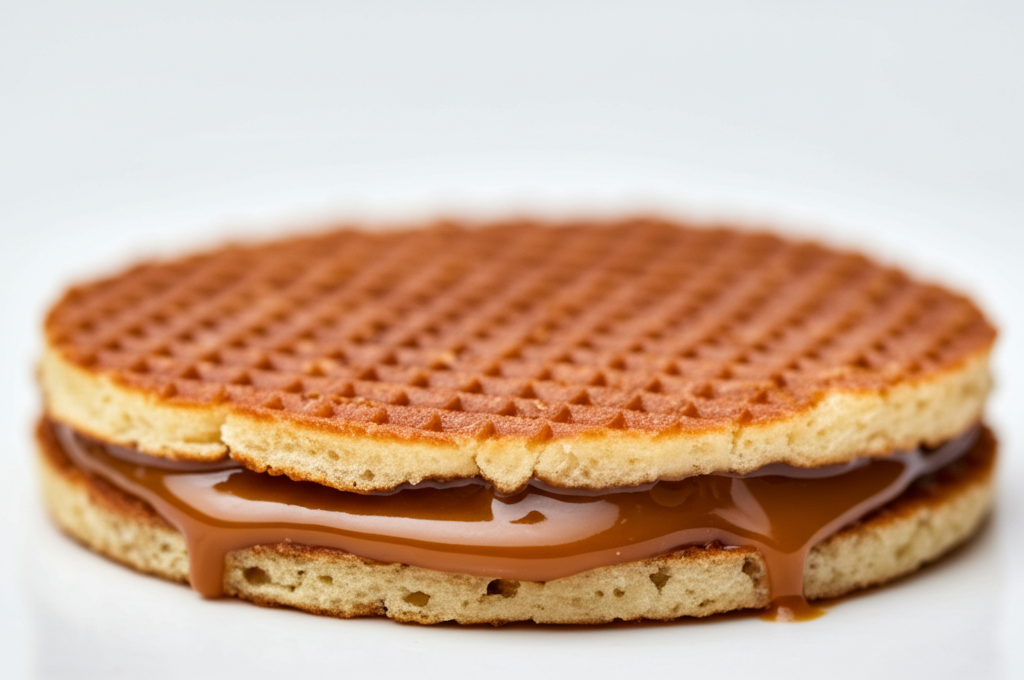
Quick Facts
- •Originated in Gouda, Netherlands around 1784
- •Initially known as "poor people's cookies"
- •By the 19th century, there were ~100 stroopwafel bakers in Gouda
- •Traditional recipe was a closely guarded secret
It wasn't until the 20th century that stroopwafels gained popularity throughout the Netherlands and eventually worldwide. The industrialization of the baking process allowed for mass production, making stroopwafels more accessible to people outside of Gouda.
Today, stroopwafels are enjoyed globally and are considered one of the most iconic Dutch treats. They are available in various sizes and flavors, though the traditional recipe remains the most popular. Visitors to the Netherlands often bring back stroopwafels as souvenirs, and they can now be found in supermarkets and specialty stores around the world.
Despite their global reach, the best place to enjoy a stroopwafel is still at a Dutch market, where they are often made fresh before your eyes. The warm, gooey treat straight from the iron offers an authentic taste experience that packaged versions can't quite match.
Preparation
The preparation of stroopwafels is a meticulous process that has been refined over centuries:
1. Dough preparation
The dough is made from flour, butter, sugar, yeast, milk, and eggs, kneaded until it reaches the perfect consistency.
2. Baking
A piece of dough is placed in a hot waffle iron and baked for precisely one minute. This timing is crucial as it prevents the waffle from being completely cooked, keeping the inside soft.
3. Cutting
The waffles are then cut into a round shape and sliced horizontally while still warm.
4. Filling
One half of the cut waffle is spread with the warm syrup mixture (typically made from sugar, butter, and cinnamon), after which the other half is placed on top.
5. Cooling
The assembled stroopwafel is allowed to cool, during which time the syrup sets slightly but remains gooey.
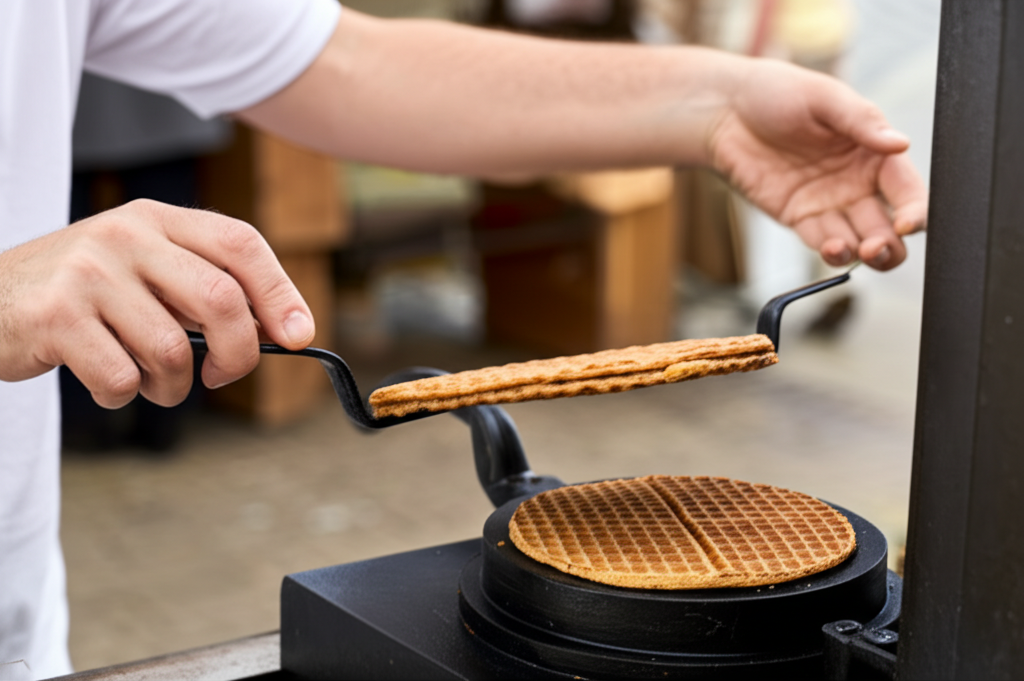
Did You Know?
The crumbs from the cut edges (also called "scraps") and failed cookies are not wasted! They are often sold in bags as a budget-friendly treat or used in other recipes.
Traditionally, stroopwafels are enjoyed with coffee or tea. The waffle is placed on top of the hot drink, allowing the steam to warm the waffle and soften the syrup inside, creating the perfect texture and enhancing the flavors.
Timeline
The First Stroopwafel
Baker Gerard Kamphuisen from Gouda created the first stroopwafel using leftover breadcrumbs, sweetened with syrup.
Growing Popularity
Stroopwafels gained popularity in Gouda, with nearly 100 bakers producing this sweet treat throughout the city.
Traditional Recipe Refinement
The recipe was refined, establishing the classic combination of thin waffle layers with caramel syrup filling that we know today.
Commercial Production
The first commercial stroopwafel factories were established, beginning the transition from purely artisanal production.
National Recognition
Stroopwafels spread beyond Gouda to become popular throughout the Netherlands, becoming a national treat.
Industrial Production
Modern industrial production methods were developed, allowing for mass production and wider distribution.
International Expansion
Stroopwafels began to be exported internationally, gaining popularity especially in the United States and Asia.
Global Recognition
Major coffee chains around the world began offering stroopwafels as a complementary treat, significantly boosting international awareness.
Artisanal Revival
A revival of traditional, artisanal stroopwafel making began, with specialty shops opening in major cities worldwide.
Cultural Icon
The stroopwafel has become a cultural icon of the Netherlands and a must-try for tourists visiting the country.
Variants
Over the years, several variations of the traditional stroopwafel have been developed, each with its own unique characteristics and history.
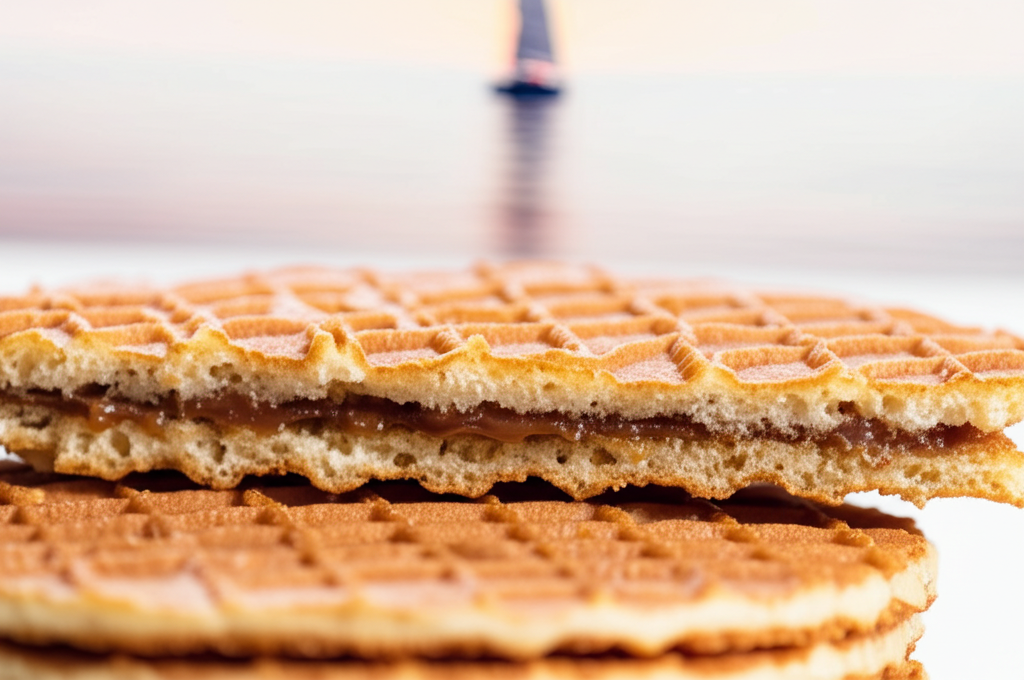
Punseliewafel
The punseliewafel is a smaller version of the stroopwafel and was named after its inventor, the Gouda baker Bertus Punselie who started producing it in 1945.
Unfortunately, at the end of August 2024, the Gouda stroopwafel manufacturer Punselie closed its doors after nearly 80 years in business.
Modern Innovations
In recent years, creative bakers and chefs have developed numerous modern variations of the stroopwafel:
Stroopwafel Gallery
Explore the rich visual history of stroopwafels through our curated collection of images, showcasing everything from traditional production methods to modern interpretations of this beloved Dutch treat.
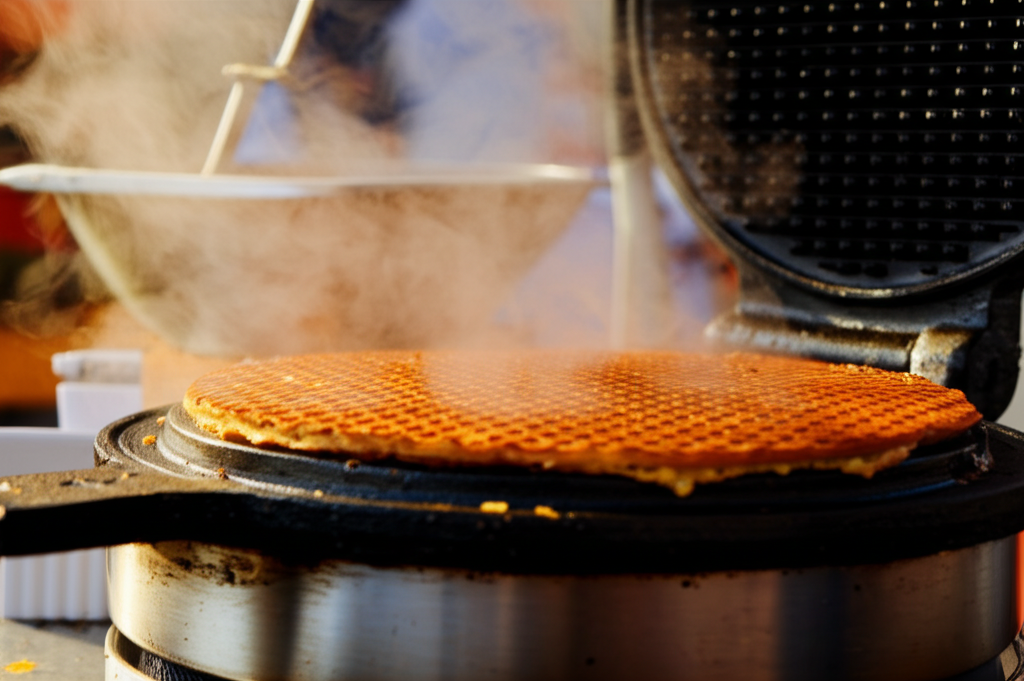
Traditional stroopwafel being made on an antique iron
production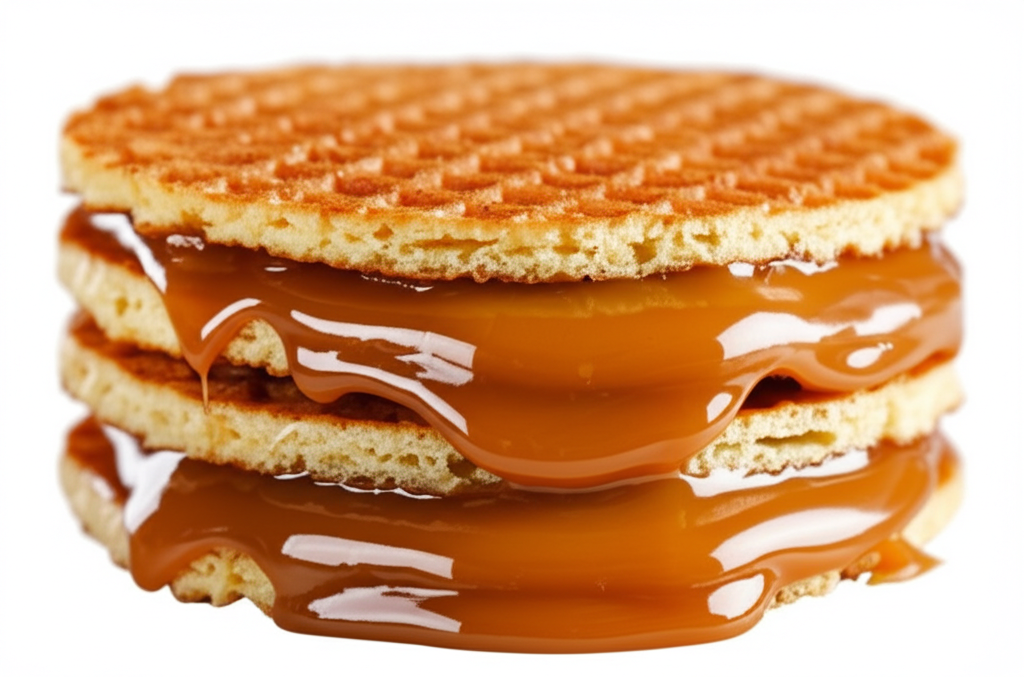
Close-up of fresh stroopwafel with caramel filling
detail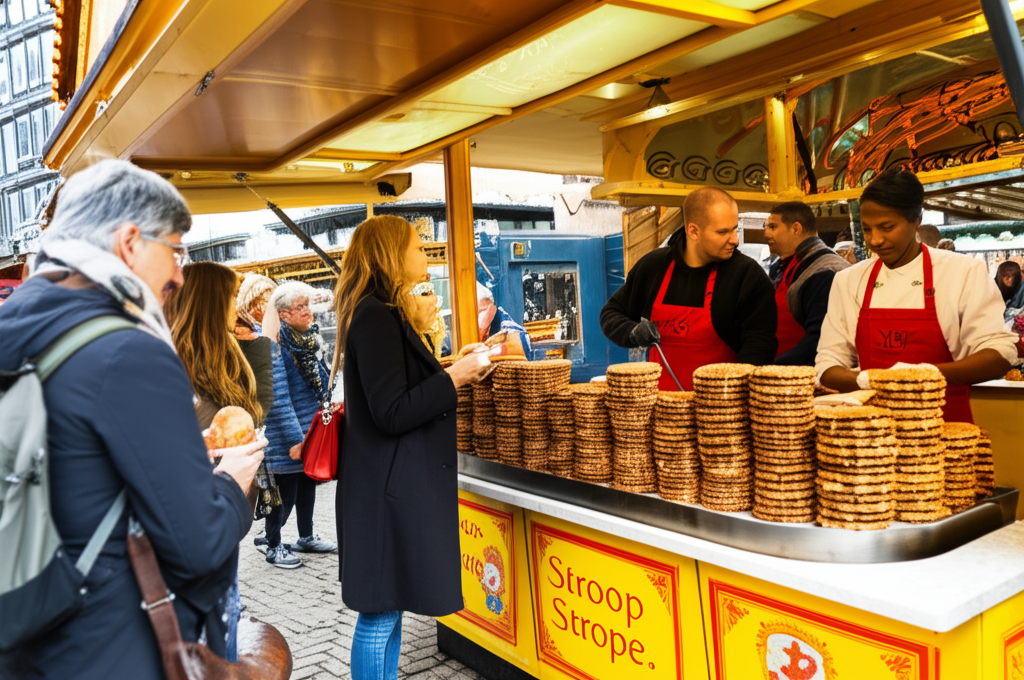
Stroopwafel vendor at Amsterdam market
culture
Stroopwafel warming on top of coffee cup
serving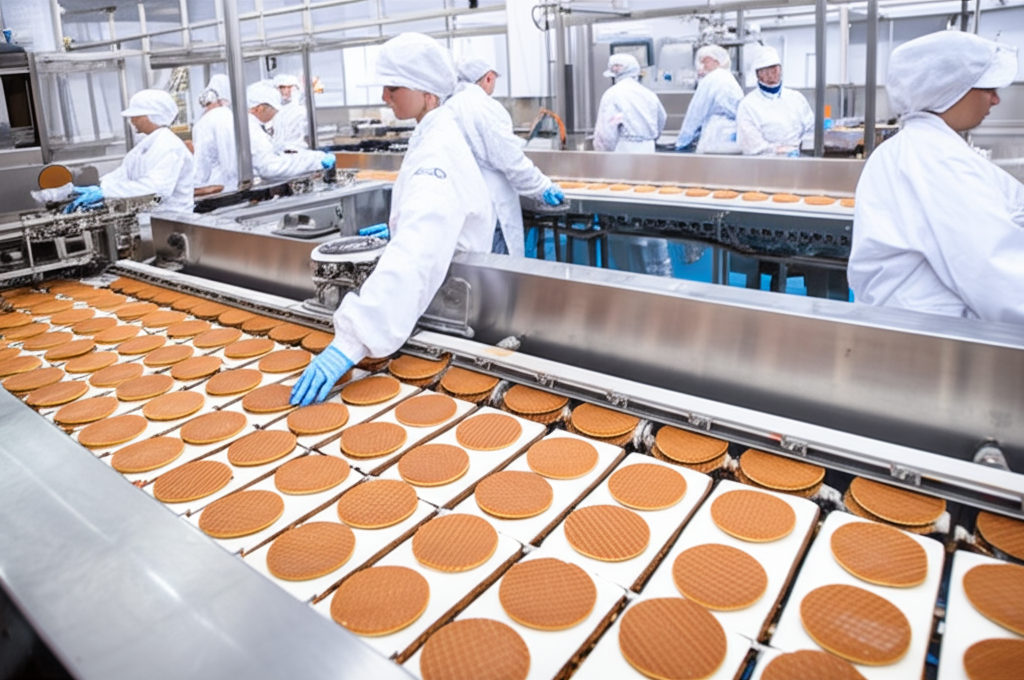
Modern stroopwafel factory production
production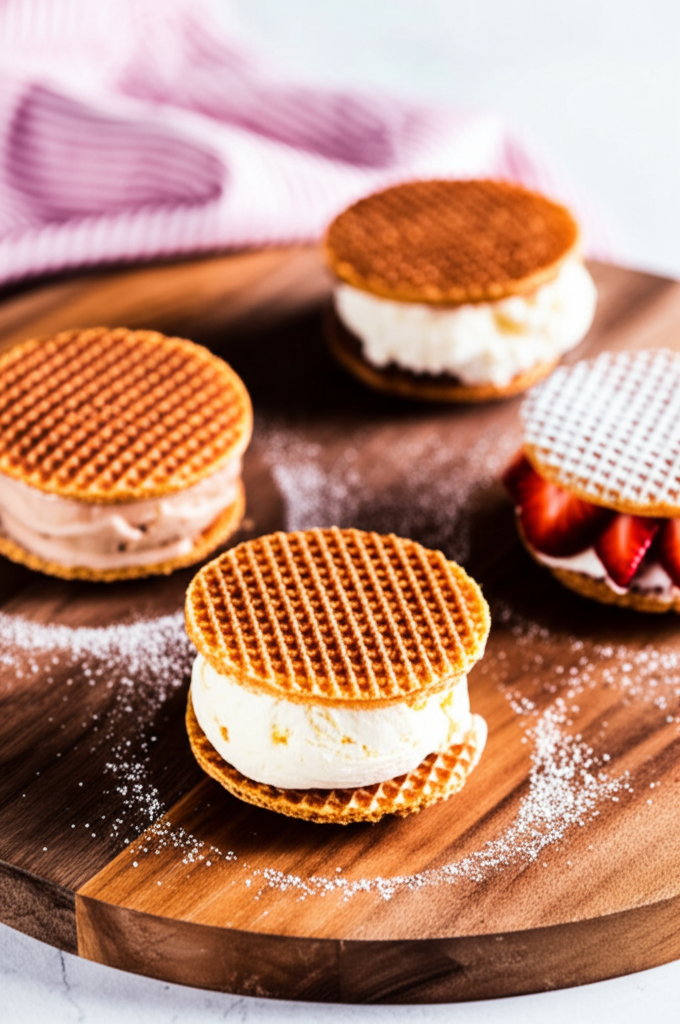
Creative stroopwafel desserts
modern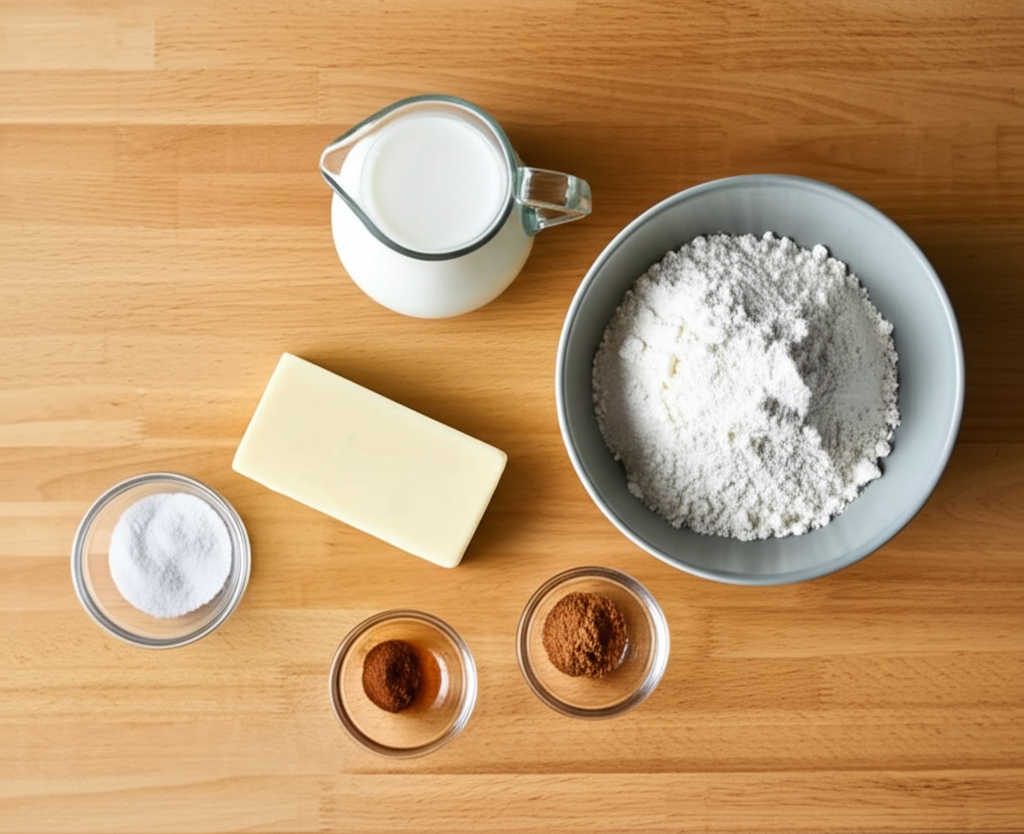
Stroopwafel ingredients
productionStroopwafel gift packages
cultureExperience Stroopwafels in Amsterdam
Want to taste authentic stroopwafels and learn more about their history?
Explore Our Stroopwafel Map